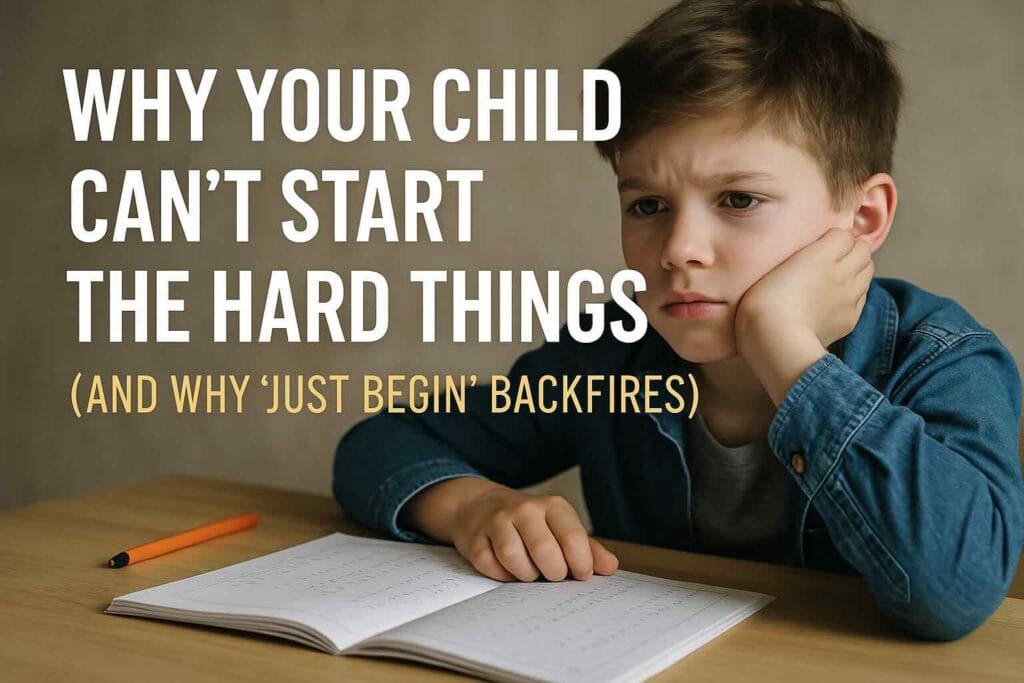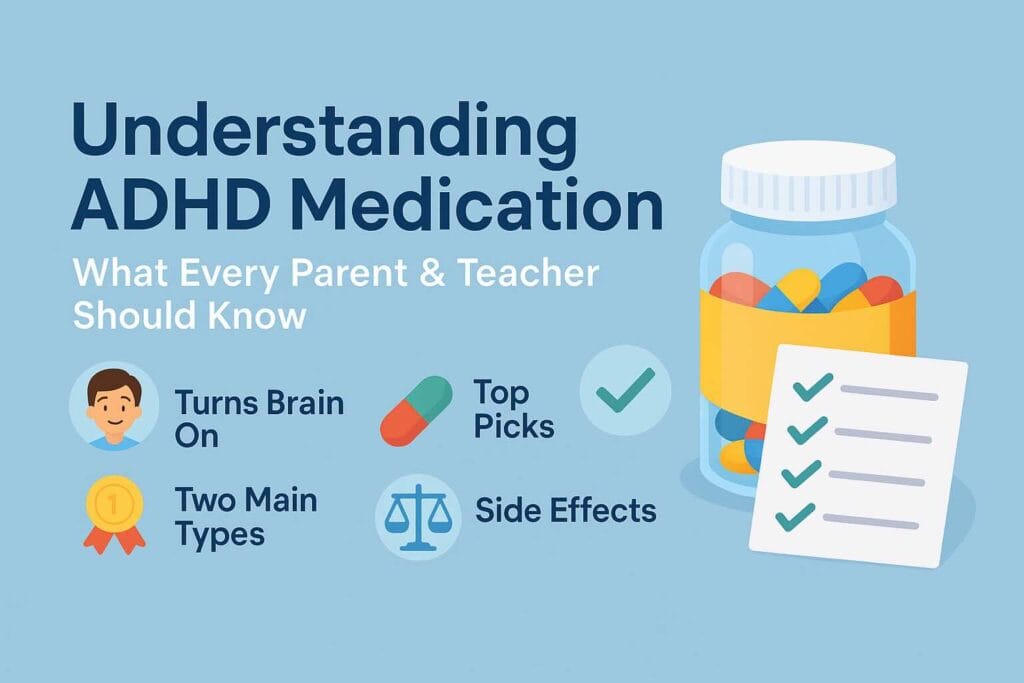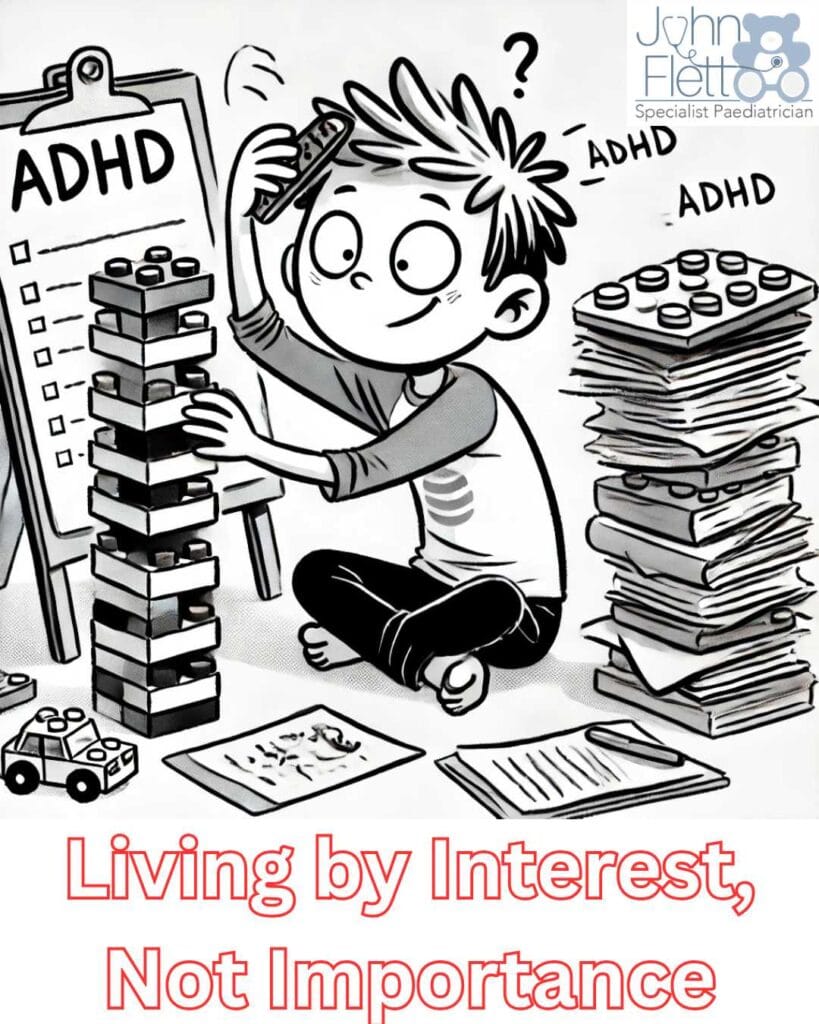ADHD, Motivation, and the Daily Balance Between Dopamine and Serotonin


If you’ve ever wondered why your child with ADHD can spend hours happily gaming but can’t sit still for ten minutes of homework, the answer lies in the brain’s chemistry. Motivation isn’t about willpower—it’s about dopamine and serotonin. These two chemicals pull in different directions, and everyday habits can either help your child thrive or leave them stuck in a cycle of frustration.
Dopamine: The Energy to Get Things Done
Dopamine is the brain’s “go” fuel. It’s what helps your child get started, keep going, and actually finish tasks. Children with ADHD naturally have lower or less consistent dopamine activity, which explains why:
- They avoid boring or repetitive tasks.
- They chase excitement, novelty, or anything that feels instantly rewarding.
- They start jobs but often lose steam before finishing.
When dopamine is flowing, tasks feel possible—even fun. Without it, even tying shoelaces can feel like climbing a mountain.
Serotonin: The Comfort Chemical
Serotonin is the brain’s “feel good” chemical. It calms, soothes, and gives satisfaction. That sounds wonderful—and it is—but here’s the catch: too much serotonin-type behaviour can pull against dopamine. It’s like pulling up the handbrake while you’re trying to drive.
Everyday Dopamine Drainers
Some daily habits look like they’re helping your child “unwind,” but actually they drain motivation and make it harder to bounce back into productive activities:
- Endless scrolling on TikTok, YouTube Shorts, or Instagram.
- Hours of gaming without breaks, where real life feels too slow afterwards.
- Vaping, energy drinks, or experimenting with risky behaviours—dangerous quick dopamine hits that leave the brain craving more.
These activities deliver fast dopamine bursts, then leave the brain emptier than before—like eating sweets for breakfast and wondering why you’re starving an hour later.
Everyday Serotonin Traps
Other activities aren’t about thrills but about comfort. They calm the brain down so much that motivation switches off:
- Overeating sweets, crisps, or junk food – sugar gives a quick lift, followed by a heavy crash.
- Comfort eating when upset or bored – replaces solving the problem with a “food hug.”
- Oversleeping or hiding in naps – too much rest can slide into avoidance.
Everyday Dopamine Boosters (The Good Stuff)
Here’s the kind of fuel you do want your child to top up on. These activities build motivation in healthy, lasting ways:
- Exercise and sports – football, swimming, or even bouncing on a trampoline.
- Music and rhythm – drumming on the kitchen table, singing, or learning an instrument.
- Creative projects – painting, Lego, or baking; novelty and small wins keep dopamine flowing.
- Breaking tasks into mini-goals – finishing one sum, one paragraph, or one chore and celebrating.
- Positive connection – playing together, laughing, or a proud high-five from you.
Parenting Tips to Balance the Scale
Helping your child doesn’t mean banning everything they enjoy—it’s about balance.
- Set screen limits – so scrolling doesn’t drain all their dopamine.
- Swap snacks – protein-rich foods (nuts, eggs, yoghurt) fuel focus better than sugar.
- Turn chores into challenges – “Let’s see if you can tidy those blocks before the timer beeps.”
- Use short bursts of effort – “Work for 10 minutes, then break.” ADHD brains work best in sprints.
- Model balance yourself – your child will copy how you handle phones, food, and rest.
The Takeaway
Children with ADHD aren’t lazy—they’re living with brains where dopamine and serotonin play tug of war every day. Screens, sugar, and scrolling can easily tilt the balance the wrong way, leaving motivation drained. But with small, everyday changes—movement, creativity, connection, and structure—you can help your child top up the right kind of fuel and rediscover the joy of getting things done.
If you’d like professional support in helping your child build healthy motivation habits, please don’t hesitate to contact Dr Flett at 031 1000 474 or visit our Assessment Centre at 8 Village Road, Kloof, Durban. Remote consultations are also available via Zoom for your convenience.






Responses